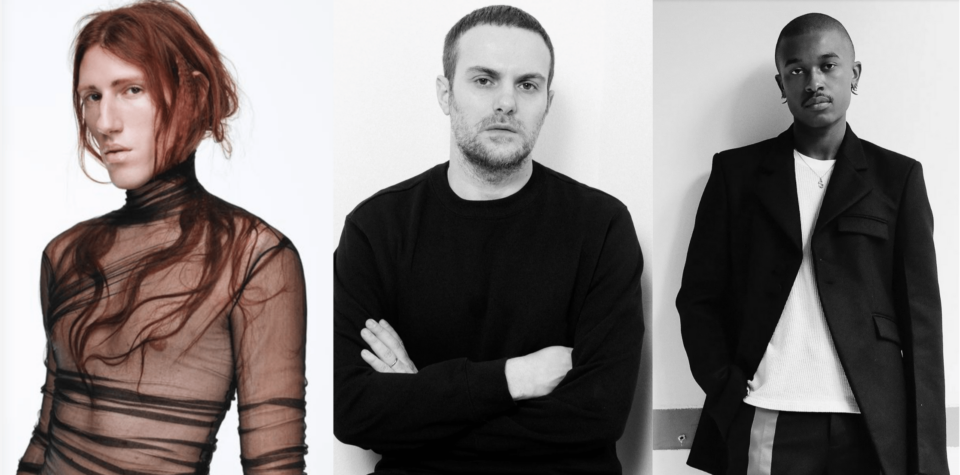PARIS MENS FALL / WINTER 2025 SHOWROOM REPORT
Last year I promised to lean into supporting smaller brands, and I have valiantly tried to visit as many showrooms as possible, so much so that I have not seen much of Paris this time. Each season I receive an avalanche of invitations, but I am just one person, so I am taking an opportunity to offer my apologies to those I was not able to visit. In general, many of the brands I’ve seen have stuck to their guns. This is fine, but it also does not provide much food for thought. Quite a few are struggling, but I hope that now that the so-called luxury is in tailspin, it’s their time to come in and offer a superior product at a better price. There is certainly a contingent of men and women ready for it. And I see it as my job to connect these brands with a new audience. So, here it is.










